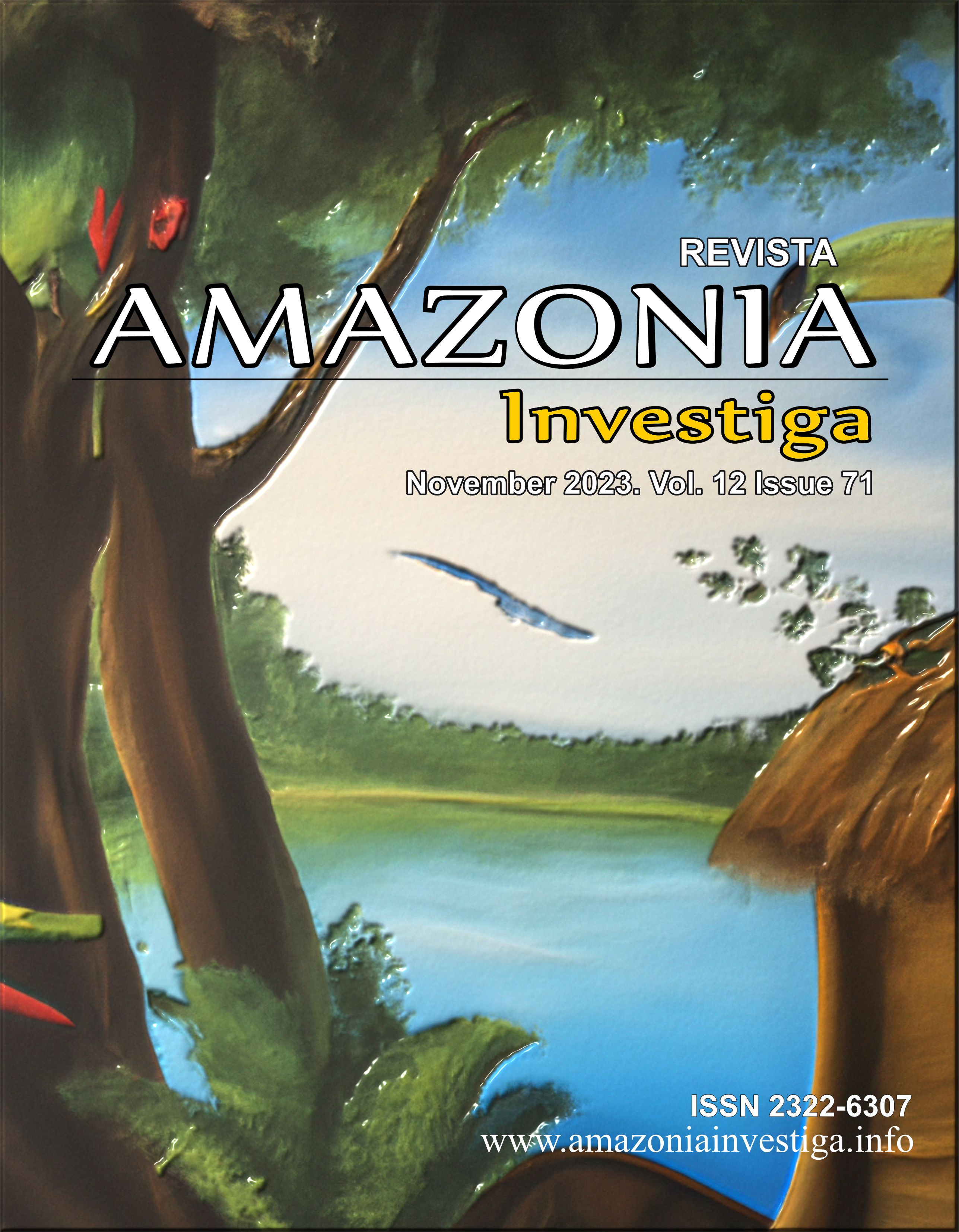Publicado 2023-11-30
Palabras clave
- Southeast Asia, International Relations, Diplomacy, Sultanate, Geopolitics.
Cómo citar
Resumen
The article analyzes the main aspects of relations between the Sultanate of Brunei Darussalam, which is located in Southeast Asia, and the United States. The relevance of the study is related to the strengthening of diplomatic ties between different states and the need for a comprehensive analysis of their various aspects. The reason for the study was to explore a relatively new area of diplomatic relations between the United States and Brunei. The scientific value and novelty lie in the complex analysis of relations between the mentioned states during the given historical period. General scientific methods of research were used, and due to the fact that the studied issue is at the junction of several sciences, methods of historical, political science and the study of diplomatic relations were used. The study found that the diplomatic relations of the United States and Brunei are influenced by the geopolitical competition between the United States and China in Southeast Asia, revealing Washington's desire to subordinate the countries of the region to its influence and establish hegemony in opposition to China. For this purpose, the US is trying to find geopolitical allies among the countries of the region, with Brunei being one of them.
Descargas
Citas
de Vienne, M.-S., & Jammes, J. (2020). China’s maritime nexus in southeast Asia. Asian Survey, 60(5), 905-927. https://doi.org/10.1525/as.2020.60.5.905
Gorodnia, N. (2011). East Asia in the global transformation of modernity under the influence of the 2008-2009 financial and economic crisis. World Policy Studies, 1, 197-222, Available from: https://elibrary.ivinas.gov.ua/id/eprint/657
Gorodnia, N. (2014). Security Cooperation between the U.S. and East Asian Nations in post Cold War era. Scientific Bulletin of the Diplomatic Academy of Ukraine, 21(1), 99-107, Available from: https://acortar.link/HVubzW
Gorodnia, N. (2018). U.S. multilateral trade strategies in Asia-Pacific: from G. H. W. Bush to D. Trump. American History & Politics: Scientific edition, 4, 104-117, Available from: https://doi.org/10.17721/2521-1706.2018.04.104-117
Graham, S. (2015). A history of Brunei (2nd ed.). Routledge. Available from: https://www.routledge.com/A-History-of-Brunei/Saunders/p/book/9781138863453
King, V. T., & Druce, S. C. (2022). Origins, history and social structure in Brunei Darussalam. Routledge. https://acortar.link/BC1BKy
Mahtani, S. (2019, April 11). Brunei once held off on strict Islamic law to stay in a U.S.-backed trade pact. Then Trump pulled out. Washington Post (Washington, D.C.: 1974). Available from: https://acortar.link/Ng5dm2
Maraieva, U. (2022). On the formation of a new information worldview of the future (literature review). Futurity Philosophy, 1(1), 18-29. https://doi.org/10.57125/FP.2022.03.30.02
Mohidin, M. (2014). Brunei Darussalam, 2005-2009. Bandar Seri Begawan: Department of Information, 392 p. ISBN 9789991749518.
Nguyen, H. (2016). The Obama administration and Southeast Asia: Dynamics of a new engagement. Indian Journal of Asian Affairs, 29(1/2), 39-56. http://www.jstor.org/stable/44123128
Omar, A. M. (2018, November 30). Brunei between big powers: Managing US-China rivalry in Asia. The Diplomat. https://acortar.link/zR9UgF
Omar, A. M. (2020). Digital era governance and social media: The case of information department Brunei. In Advances in Electronic Government, Digital Divide, and Regional Development (pp. 19-35). IGI Global. Available from: https://acortar.link/FiUNkJ
Parameswaran, P. (2018, November 14). US-Brunei defense ties in focus with military exercise in South China sea. The Diplomat. https://acortar.link/lcRLou
Parameswaran, P. (2019a, April 12). What’s in the Brunei navy vessel’s new China voyage? The Diplomat. https://thediplomat.com/2019/04/whats-in-the-brunei-navy-vessels-new-china-voyage/
Parameswaran, P. (2019b, September 16). INDOPACOM commander introductory visit highlights US-Brunei defense relations. The Diplomat. https://acortar.link/ZdvEgo
Pidbereznykh, I. (2018). United States of America in Southeast Asia: partnership in contemporary challenges (1990-early 2000s). Nikolaev: Ilion. http://dspace.tnpu.edu.ua/handle/123456789/10249
Putra, B. A. (2021). Comprehending Brunei Darussalam’s vanishing claims in the South China Sea: China’s exertion of economic power and the influence of elite perception. Cogent Social Sciences, 7(1). https://doi.org/10.1080/23311886.2020.1858563
Shakun, N. (2022). Anthropological dilemmas of information society development modern stage in the context of globalisation challenges. Futurity Philosophy, 1(3), 52-63. https://doi.org/10.57125/FP.2022.09.30.04
Sofilkanych, M. (2022). The formation of a new information culture of the future: the socio-philosophical content. Futurity Philosophy, 1(1), 56-67. https://doi.org/10.57125/FP.2022.03.30.05
U.S. DEPARTMENT OF STATE. (September 20, 2011). Inaugural Brunei Darussalam - United States Senior Officials Dialogue 2011 Joint Statement. Washington, DC. Retrieved 15 June 2021, from https://2009-2017.state.gov/r/pa/prs/ps/2011/09/172853.htm
U.S. Indo-Pacific Command (2019, October 31). U.S. Royal Brunei Navy ships transit in formation during CARAT Brunei. https://acortar.link/dE3gZw
Weatherbee, D. E. (2008). Historical dictionary of United States-southeast Asia relations. Scarecrow Press. https://acortar.link/lAs9dN











